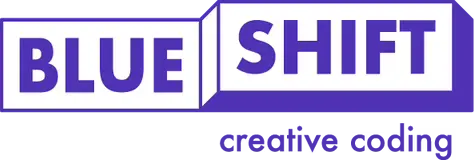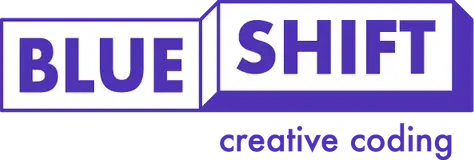The BlueShift story
Our story is unique
In 2013, I was approached by some mums who were keen for their children to learn to code. I had been teaching computer-based design at university level in London and had children of my own. I was also passionate about empowering children to create with code as opposed to simply consuming technology through yet another device. With this in mind, I set about teaching code. Our first term started with eight children in my garden! Those eight children all re-enrolled and we soon started running after-school clubs at a nearby girls’ school.
Fast forward a couple of years and we're now teaching over 400 children every week at 15 schools across London. And we have continued to grow, extending our work to the state sector and collaborating with community trusts. Not only this, but we now run computing camps every holiday and half-term, host corporate workshops for businesses, and have a new private tuition service. And yet, whilst we may continue to expand and deepen our offering, our core tenet of creatively coding is still very much at the center of BlueShift.
"We want to excite children and young people with a broad range of interests about the things they can make and do with code. Our aim is to enable teachers, parents and students to do more with technology. To not just be consumers, but to become digital creators."
Preparing children for a future yet unwritten
I trained as an architect, but had always worked in technology as a user experience (UX) designer. When I was in school, there was no such thing as a UX designer. I’ve now worked in a number of careers that didn’t exist when I was in school - one statistic we like to quote is that 60% of the careers in 20 years don’t exist yet!
After I finished my architectural studies, I moved to New York to work in technology and taught myself the basics of web development. It was exciting to start to see many new, very creative and visual applications of computer programming at the time. Coding had become exciting, visual and most of all relevant; it was not the dry Pascal I was exposed to in secondary school. I was hooked!
This trajectory has only increased, with new tech jobs and new applications for code appearing every year. Many other coding educators advocate a very prescriptive approach to computer programming; however, without encouraging students to engage with tech and realise their own ideas, they will never be properly equipped to work in a rapidly changing world. We know that modern society requires adaptive and innovative thinkers; as a result we encourage students to engage and develop their own processes - both technologically and academically. Indeed, this is a huge reason for why I believe that a coding education is more important than ever - if the society we live in is changing rapidly we have to make sure our education keeps up!
- Heather Lyons
Our approach
We believe that if taught with a focus on creativity, learning to code will not only equip young people with the technical skills they need to excel in the future, but will also teach them critical problem solving skills, develop their confidence, and help them across all of their subjects.
Indeed, we see computing as a field of study that has many cross-curricular applications, from English to Maths to Art. We encourage students to see the projects they make in their wider context and think creatively about what they do in the process.
In fact, there are four skills in particular that we think learning to code can bolster in kids, and improve their abilities across multiple school subjects this year. Read our blog post below:


Our Teachers
There are many factors that play a role in education and learning. One of the most important has to be the quality of teaching. That’s why we carefully select, train, and support the best teachers available.
To find out more visit our teachers page by clicking the button below.





